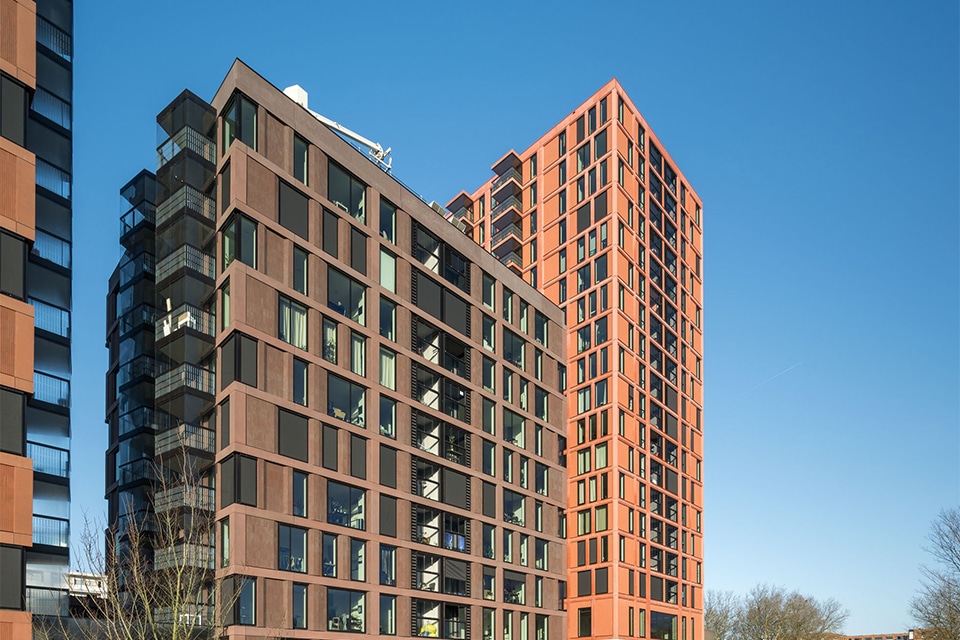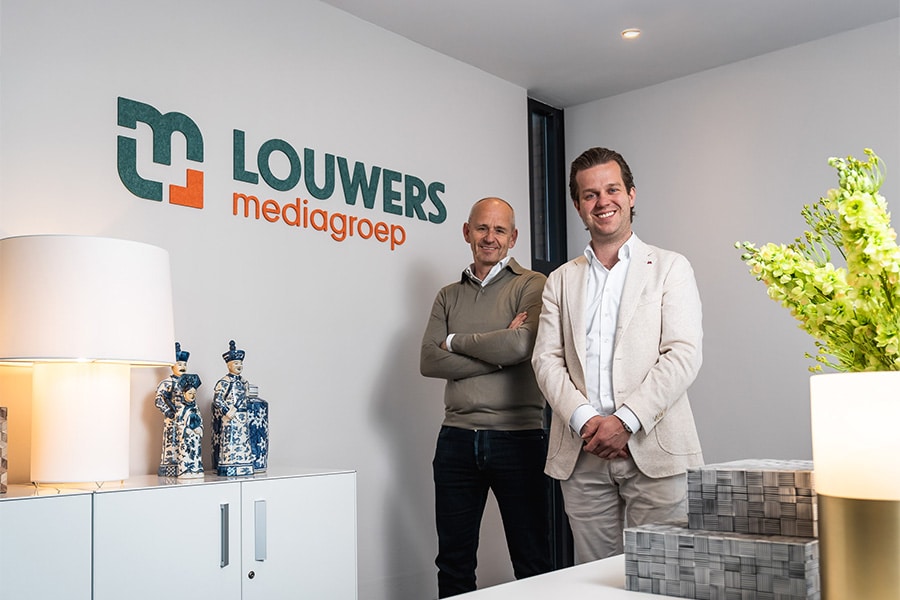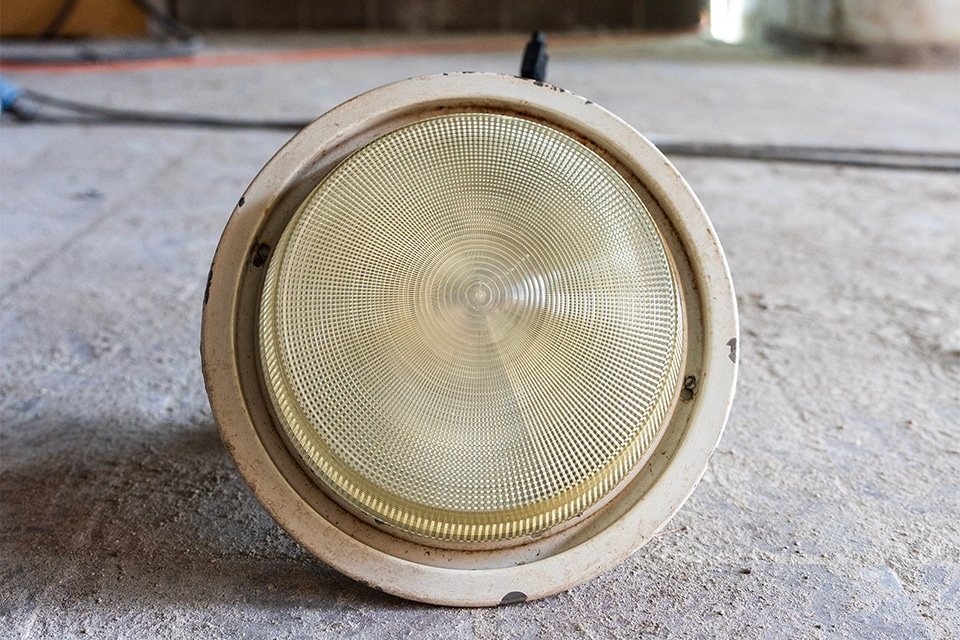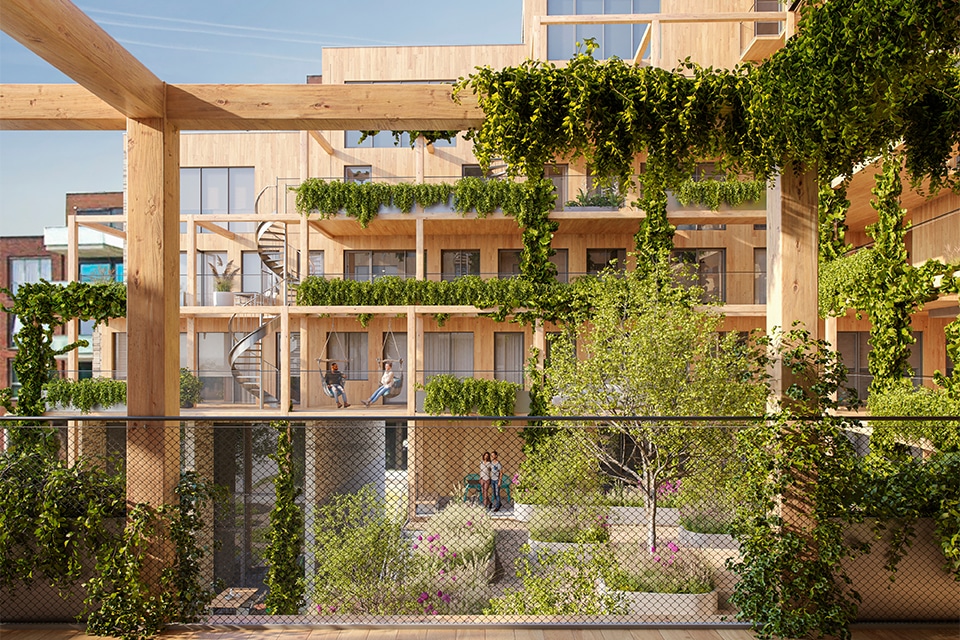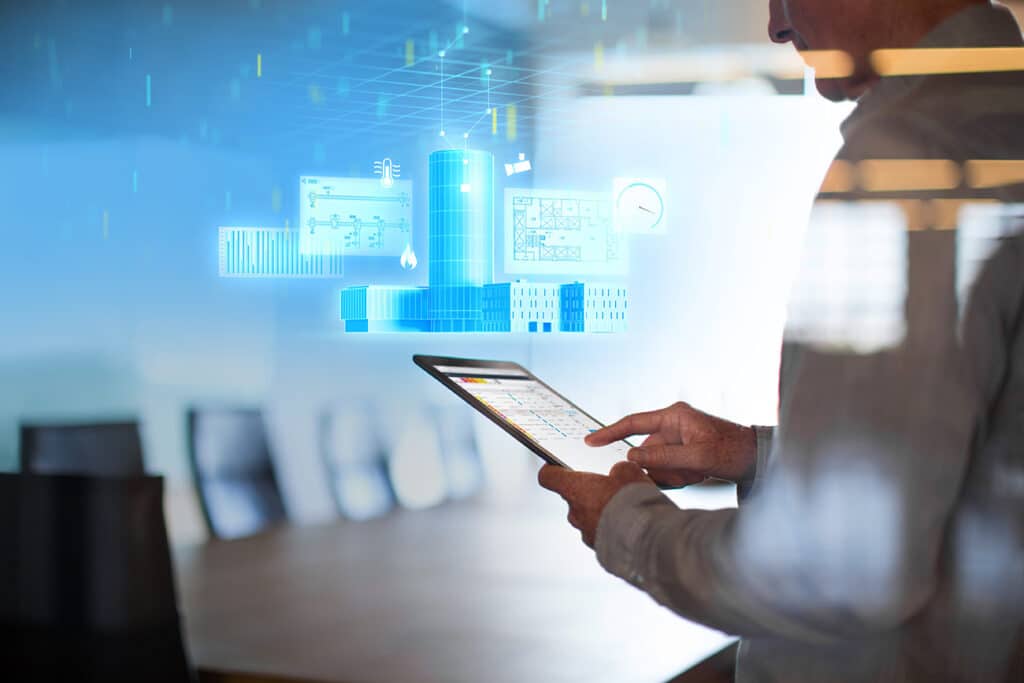
'What's smart should stay smart'
Connecting technologies and collaborations come together at Booking.com City Campus
The 65,000 m² Booking.com City Campus on Oosterdokeiland is the epitome of a perfect place: comfortable, safe, energy-efficient and people-friendly, but also progressive and open. Thanks in part to smart systems from technology partner Siemens Smart Infrastructure, the ambition of a sustainable, smart and healthy building also extends into the future. "A smart building does not stop at completion, but is continuously evolving," emphasizes Sander van Slooten, Frontline Sales Manager at Siemens Smart Infrastructure. "The systems we have advised and delivered for Booking.com make this perfectly possible. We can upgrade and update software and hardware techniques for years to come. In addition, we can implement new innovations, so what's smart, stays smart."
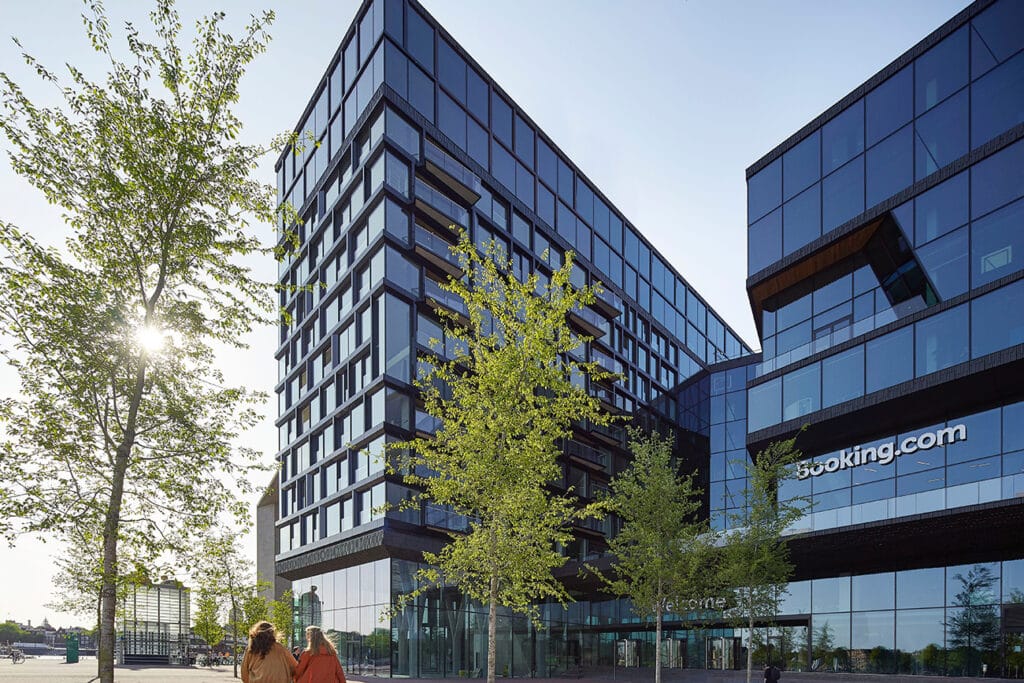
"With the new headquarters, Booking.com wants to create the very best environment for its employees," says Gerben de Haan, Sales Manager Regional Solutions and Services at Siemens Smart Infrastructure. "Now and in the future. But how do you create a working environment that meets current and future needs? And how do you ensure that all 6,500 or so employees can work comfortably and healthily in a sustainable and inspiring work environment? To answer these questions, we sat down with Techniplan Advisors at a very early stage. Together we had several discussions, about the possible interpretation of the smart building campus. After the installation work was awarded to Installatie Combinatie ODE and system integrator PCS B.V., we investigated the further interpretation together with project director Jan Nederveen and PCS director Paul Persy."
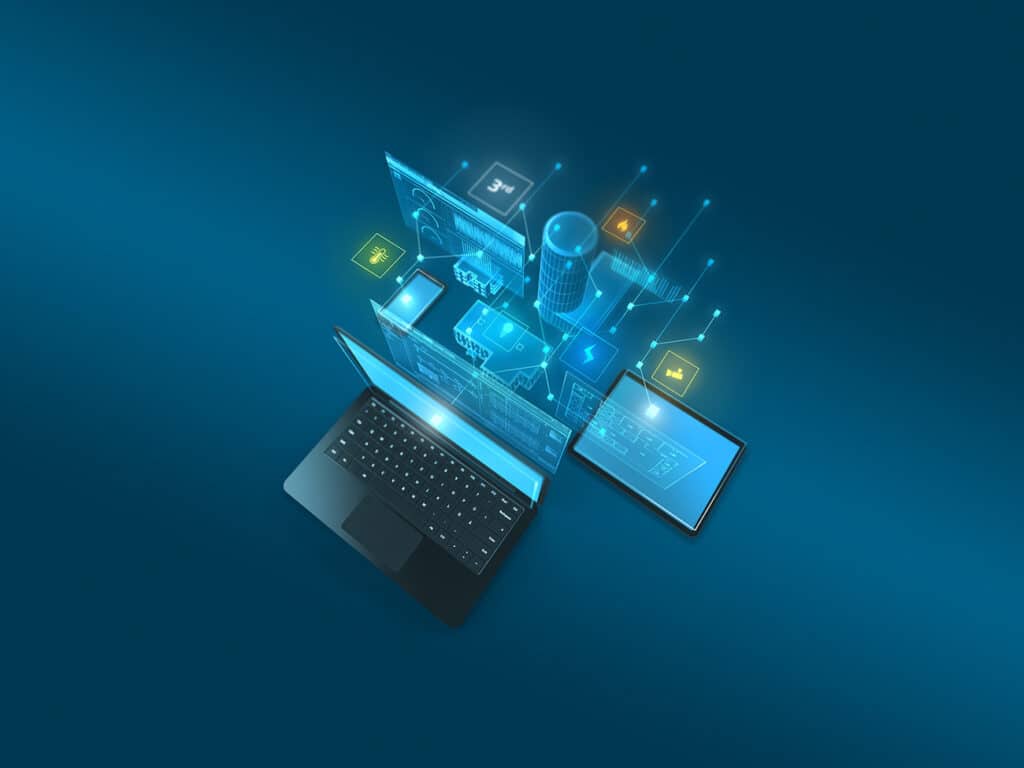
Comprehensive package
"To inform all relevant stakeholders about our capabilities, we made a working visit to a similar project by Siemens in Italy," says De Haan. "In addition, following the Agnelli Foundation's smart building, we visited our renovated campus in Zug, which is also equipped with the latest smart building technologies. Here we sparred extensively about the Booking.com City Campus. What requirements does Booking.com have regarding smart work processes? And how do we want to deliver the project later, with indoor positioning, apps, smart field devices, smart control techniques and extensive analysis software? Extensive discussions were held with all parties, such as with Klimaatservice Holland for the climate control system, Van den Pol Elektrotechniek for the fire alarm technology and PCS B.V. for the umbrella control technology and the building management system." The efforts resulted in a comprehensive package of Siemens solutions. From field devices (valves, valves, sensors and transducers) to control technologies. "PCS B.V. provided an indoor positioning system, which is fully integrated into our Desigo CC building management system. Last-but-not-least, we supplied an automated system to quickly detect and signal incipient fires."
Open gaze
"What makes this project special are its size and project duration. Back in 2015, UNStudio was awarded the design contract and last June the Booking.com City Campus was officially inaugurated," says De Haan. "During this long period we remained in continuous dialogue with both the end user and the installing parties. As a result, we were 100% certain that the building would still be smart, innovative and novel upon completion." Van Slooten: "Throughout the project we kept an open mind towards the market. Because not only Siemens provides beautiful and innovative technology; other manufacturers and suppliers do as well. The Siemens technology guarantees an open connection with these techniques, making a truly progressive building possible. We literally sought the connection on every level. Both technically and commercially and always with an eye to the future. For example, our Desigo CC building management system can already be connected to Building X; an open IoT platform with AI-based applications that offer optimal connectivity, make buildings future-proof and help to achieve organizational goals. For example with regard to sustainability and (energy) efficiency."
In the service of its users
The definition of a smart building is tricky, according to Van Slooten. "A lot of buildings contain a lot of technology. Often this technology works in silos, compromising experience and energy efficiency. Instead, we very deliberately steered toward system integration, so that, for example, the lighting works harmoniously together with the shading and climate systems. The building installation moves dynamically and imperceptibly with the presence of people, the time of day, the changing of our seasons and the weather forecasts. This creates a pleasant place for employees and visitors. After all, if you receive enough fresh air, you can think better. And if the light is also good, you feel fitter. In this way, the building continuously serves its users."
